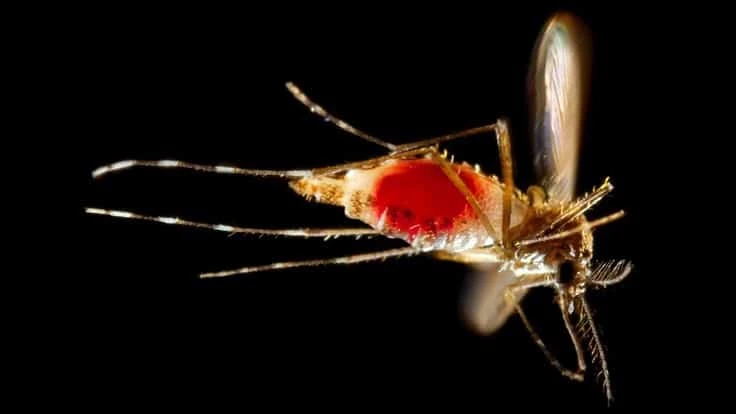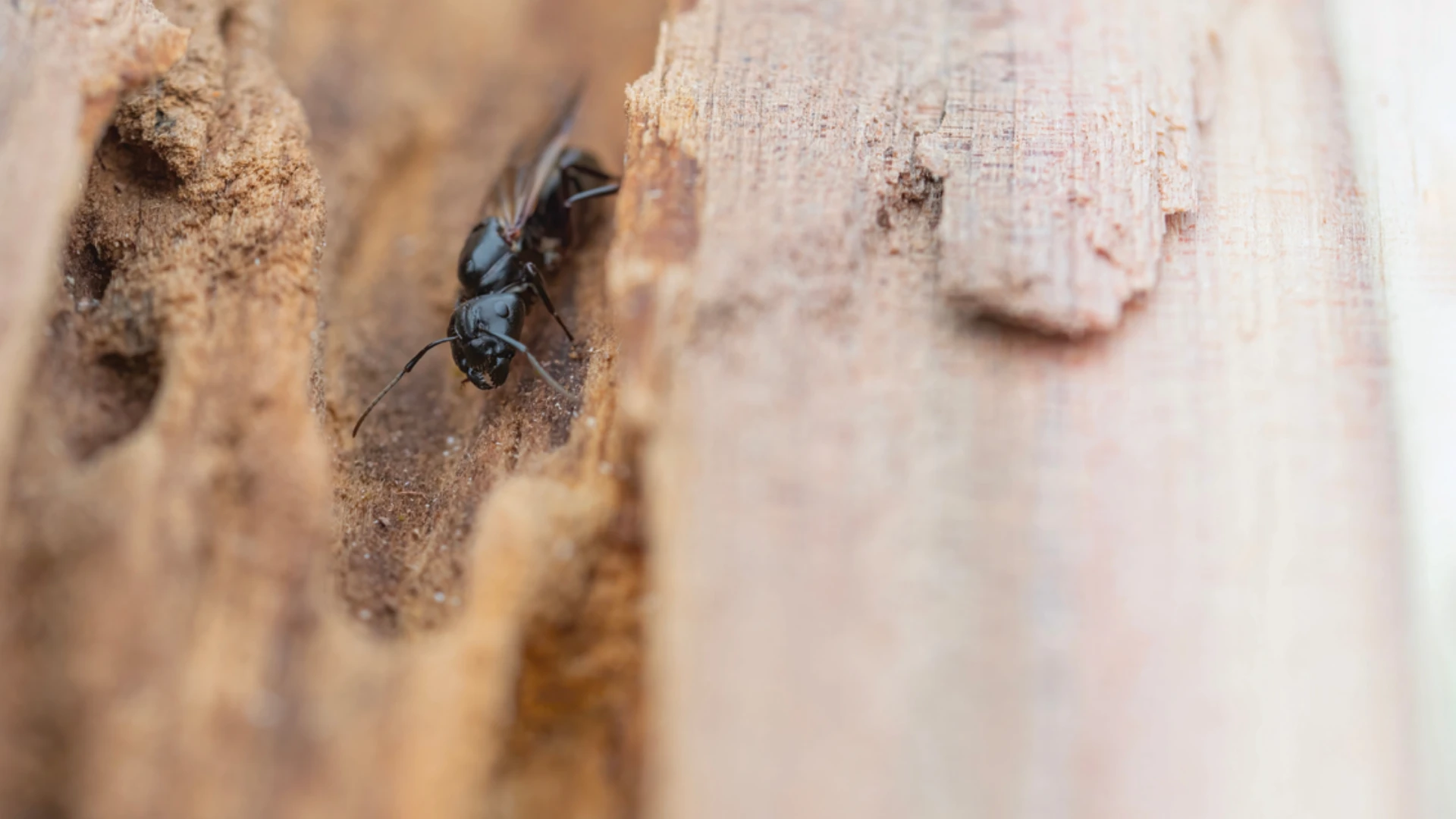
Prevention Tip: Conduct weekly inspections around the property and empty any containers of standing water, as mosquitoes only need half an inch of water to breed.
Ticks such as the blacklegged tick are able to transmit Lyme disease, anaplasmosis and babesiosis. Other tick species such as the American dog tick, Rocky Mountain wood tick and brown dog tick are able to transmit Rocky Mountain spotted fever, which is fatal in 20 percent of cases if not caught early enough.
Prevention Tip: Keep grass cut low, including around fence lines, sheds, trees, shrubs, swing sets and other difficult-to-cut locations.
Rodents like the common house mouse are able to spread Salmonella, while Norway rats and roof rats are also able to transmit plague, typhus, leptospirosis, rat-bite fever, trichinosis and more. Inhaling dust that contains mouse droppings or urine can exacerbate asthma and allergy symptoms as well, especially in children.
Where they’re found: In homes and businesses, rodents are well adapted to live in close association with human activity.
Prevention Tip: Seal all holes larger than a dime and gaps wider than the diameter of a pencil (1/4 inch) to prevent rodents from getting indoors, as mice can fit through holes the size of a dime and rats the size of a quarter.
For more information on public health pests such as mosquitoes, ticks and rodents, visit PestWorld.org.
*Online engagement findings are a result of research conducted by Advanced Symbolics Inc.
Latest from Pest Control Technology
- CAPMA Hosts 2025 Legislative Day in Sacramento
- Grizz Pest Management Bartends for a Cause
- Rose Pest Solutions Becomes Official Pest Provider of Chicago Fire FC
- WSPMA Hosts Legislative Day at Washington State Capitol
- A-1 Pest Control Marks 59 years in Business
- Hawaii PCO Shares Regulatory Challenges, Business Impacts from Lahaina Wildfires
- 5 Tips for Reducing Waste in the Office and in the Field
- OvoControl Now Available in Chile





